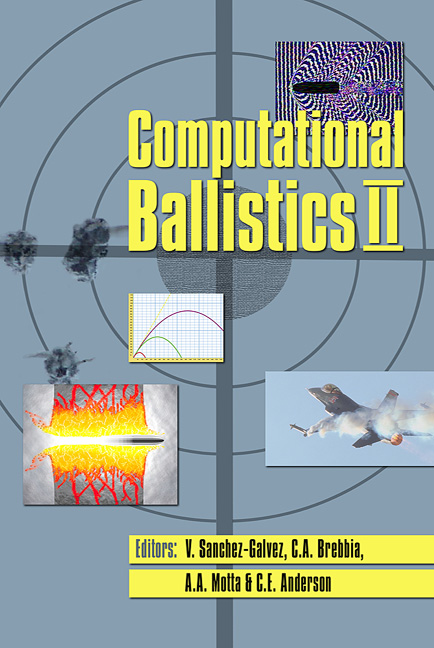Fire Control Algorithms And Software For The Modular Naval Artillery Concept (MONARC) Of The German Navy
Price
Free (open access)
Transaction
Volume
40
Pages
10
Published
2005
Size
1,501 kb
Paper DOI
10.2495/CBAL050371
Copyright
WIT Press
Author(s)
H. Rothe, A. Kuhrt, S. Schroeder & S. Trebing
Abstract
The German navy is about to implement a modular naval artillery concept. This means that weapon systems used by, e.g., the army will be introduced on navy vessels. One main project is the installation of the turret of the 155mmL52 Panzerhaubitze 2000 (PzH 2000, armored self propelled howitzer 2000) on frigates of type 124 and 125. It is an important goal to achieve with this weapon system high fire power, long ranges and high accuracy. High accuracy is especially important, since smart weapons (like e.g. SMArt155) shall be used. Additionally, the weapon system should be able to fire while the weapon carrier is moving, and also, while the target is moving. Looking at the desired firing ranges of up to 50 miles, this is a principal challenge for fire control algorithms and software. Not enough, the algorithms should be able to work in real time, i.e. compute fire orders in less than a second. In this paper the basic solution to this problem will be given by using a specially developed method in combination with the NATO armaments ballistic kernel (NABK). The problem of circular error probability (CEP) increase because of moving weapon/target will also be discussed. Keywords: modular naval artillery concept, howitzer, frigate, indirect firing, moving weapon, moving target, fire control, circular error probability. 1 Introduction A consortium consisting of Howaldtswerke-DeutscheWerft, Krauss-Maffei Wegmann and Rheinmetall W & M recently proposed a new artillery concept for navy vessels. It is named MONARC: modular naval artillery concept for naval gun fire.
Keywords
modular naval artillery concept, howitzer, frigate, indirect firing, moving weapon, moving target, fire control, circular error probability.




